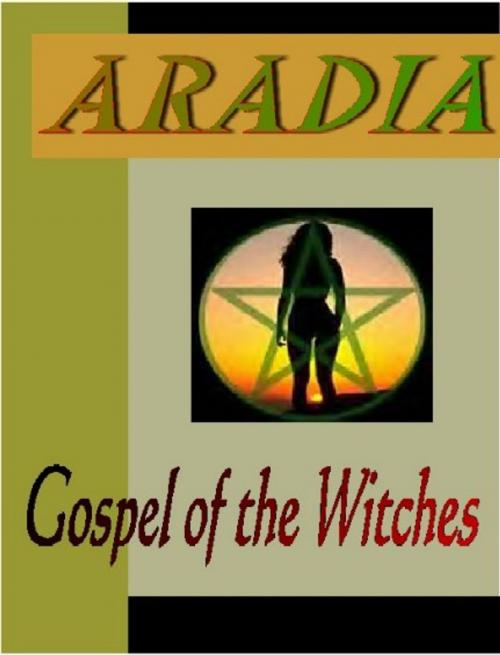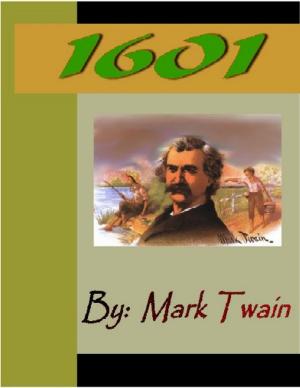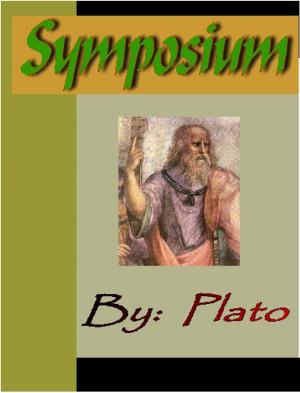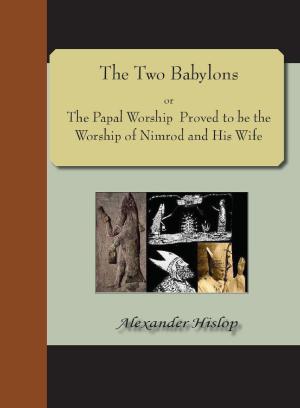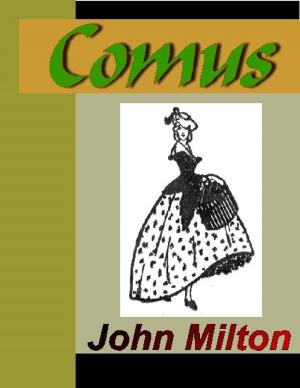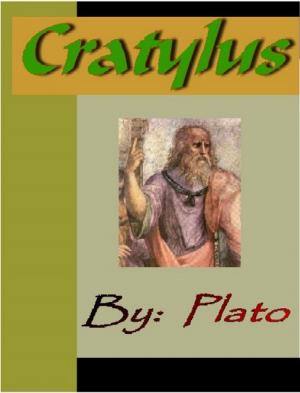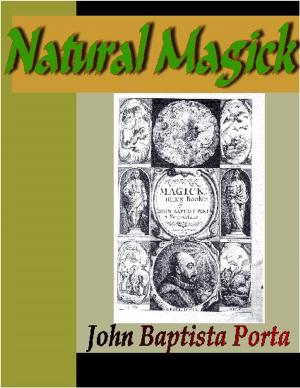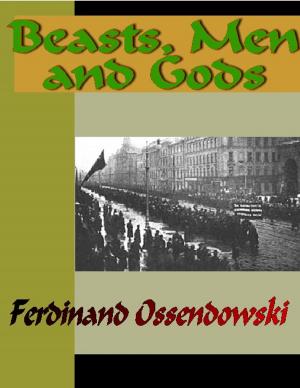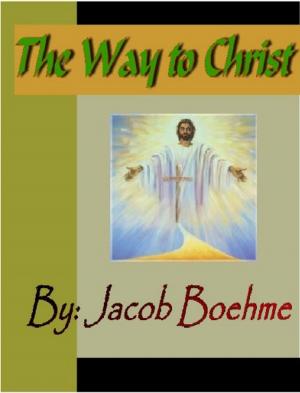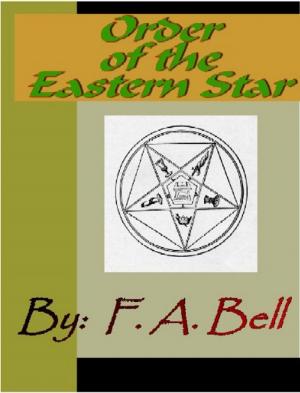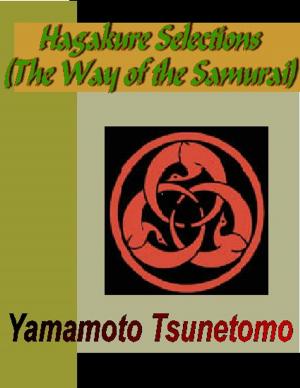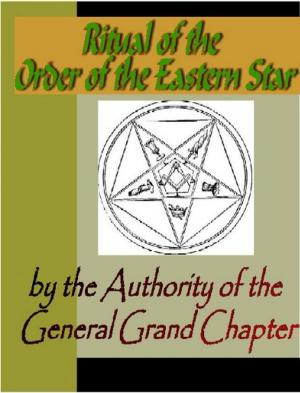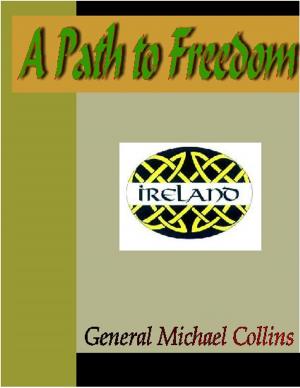Aradia: Gospel of the Witches
Nonfiction, Religion & Spirituality, Other Practices, Witchcraft & Wicca, New Age, Philosophy| Author: | Charles LeLand | ISBN: | 9781932681086 |
| Publisher: | NuVision Publications, LLC | Publication: | April 1, 2004 |
| Imprint: | Language: | English |
| Author: | Charles LeLand |
| ISBN: | 9781932681086 |
| Publisher: | NuVision Publications, LLC |
| Publication: | April 1, 2004 |
| Imprint: | |
| Language: | English |
Aradia, or the Gospel of the Witches is a book composed by the American folklorist Charles Godfrey Leland that was published in 1899. It contains what he believed was the religious text of a group of pagan witches in Tuscany, Italy that documented their beliefs and rituals, although various historians and folklorists have disputed the existence of such a group. In the 20th century, the book was very influential in the development of the contemporary Pagan religion of Wicca. The text is a composite. Some of it is Leland's translation into English of an original Italian manuscript, the Vangelo (gospel). Leland reported receiving the manuscript from his primary informant on Italian witchcraft beliefs, a woman Leland referred to as "Maddalena" and whom he called his "witch informant" in Italy. The rest of the material comes from Leland's research on Italian folklore and traditions, including other related material from Maddalena. Leland had been informed of the Vangelo's existence in 1886, but it took Maddalena eleven years to provide him with a copy. After translating and editing the material, it took another two years for the book to be published. Its fifteen chapters portray the origins, beliefs, rituals, and spells of an Italian pagan witchcraft tradition. The central figure of that religion is the goddess Aradia, who came to Earth to teach the practice of witchcraft to peasants in order for them to oppose their feudal oppressors and the Roman Catholic Church.
Aradia, or the Gospel of the Witches is a book composed by the American folklorist Charles Godfrey Leland that was published in 1899. It contains what he believed was the religious text of a group of pagan witches in Tuscany, Italy that documented their beliefs and rituals, although various historians and folklorists have disputed the existence of such a group. In the 20th century, the book was very influential in the development of the contemporary Pagan religion of Wicca. The text is a composite. Some of it is Leland's translation into English of an original Italian manuscript, the Vangelo (gospel). Leland reported receiving the manuscript from his primary informant on Italian witchcraft beliefs, a woman Leland referred to as "Maddalena" and whom he called his "witch informant" in Italy. The rest of the material comes from Leland's research on Italian folklore and traditions, including other related material from Maddalena. Leland had been informed of the Vangelo's existence in 1886, but it took Maddalena eleven years to provide him with a copy. After translating and editing the material, it took another two years for the book to be published. Its fifteen chapters portray the origins, beliefs, rituals, and spells of an Italian pagan witchcraft tradition. The central figure of that religion is the goddess Aradia, who came to Earth to teach the practice of witchcraft to peasants in order for them to oppose their feudal oppressors and the Roman Catholic Church.
